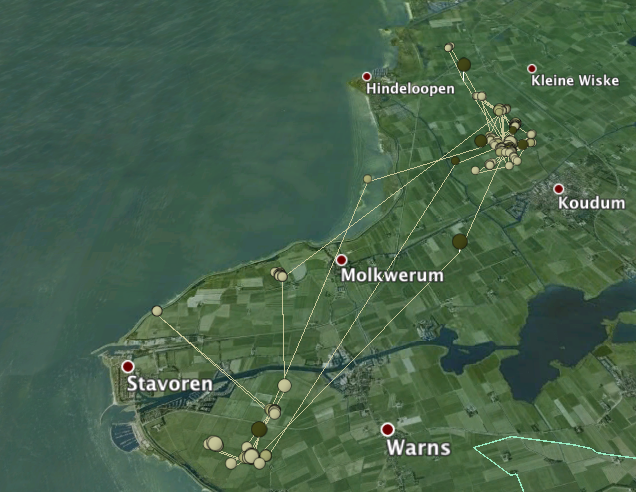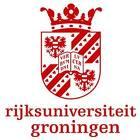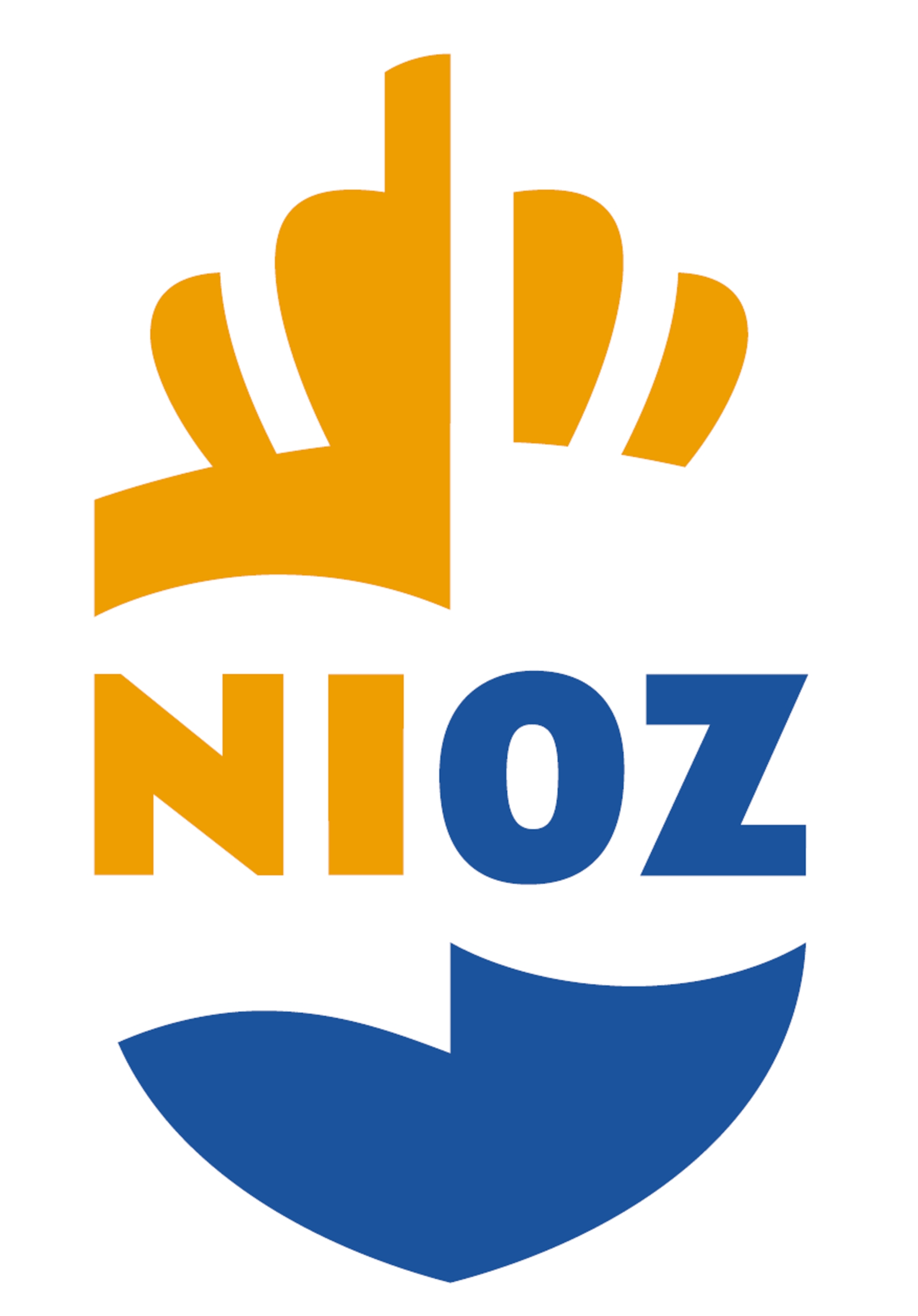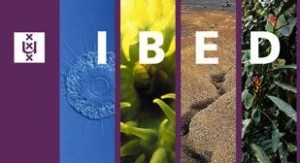Linking Habitat Use and Foraging Ecology Throughout the Annual Cycle of Continental Black-tailed Godwits
Species: Black-tailed Godwit
Such a comprehensive question requires a long-term study, taking place across a large spatial scale. In 2004, the University of Groningen launched its Black-tailed Godwit research project in Southwest Friesland to try address these questions in one of the strongholds of this rapidly declining meadow bird species. Since 2012 we have been using UvA-BiTS transmitters to help us identify those habitats used by Black-tailed Godwits throughout their annual cycle and how the food resources available to godwits in these habitats may influence both their migration and the timing of their reproductive efforts. We are especially interested in the transition from staging sites in Spain and Portugal to the breeding season in the Netherlands.
Our initial findings suggest that Black-tailed Godwits no longer properly time their reproductive events with the local habitat phenology and that this may be the most important cause of their decline. Our goal is to create a mechanistic understanding of how these two periods of the annual cycle are linked in order to provide farmers and land managers with the information they need to properly manage Black-tailed Godwits.
Contact Persons:
Nathan Senner n.r.senner@rug.nl
Theunis Piersma theunis.piersma@nioz.nl
.
Conditions of Use: We kindly ask you to respect the intellectual property rights of the academics posting their work on this website. As such, information and content, including images and data, provided on this website may not be copied, reproduced or republished in any form without the express written permission of the UvA-BiTS manager (UvA-BiTS@uva.nl).
.






